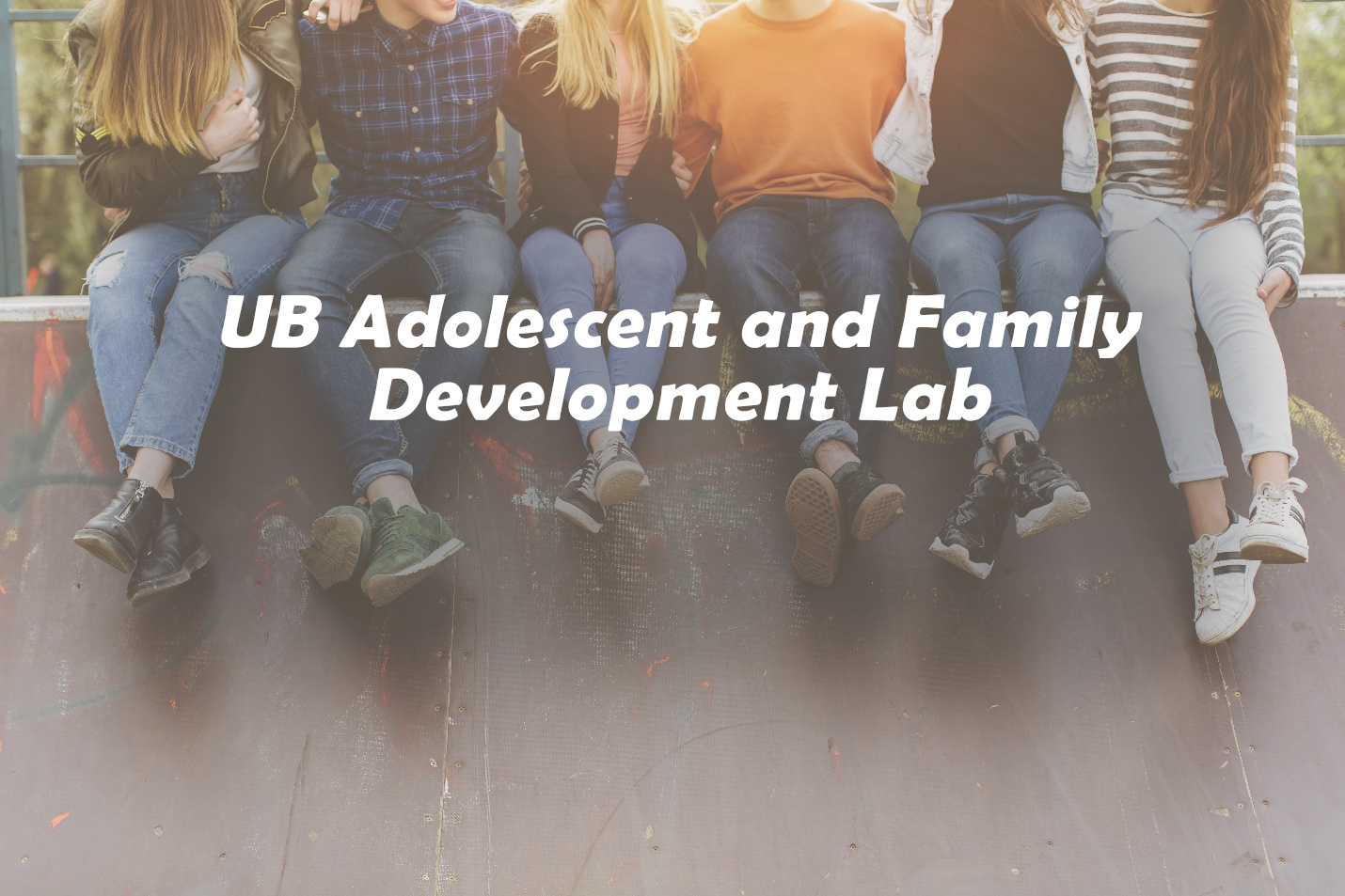Adolescent and Family Development Project
⋅ ⋅ ⋅
Problem behavior, peers, and
motivational aspects of temperament
in substance use
⋅ ⋅ ⋅
Adolescent substance use (SU) is of great concern in part because early patterns of SU often presage later negative outcomes. One pathway to SU involves a progression from childhood behavior problems to affiliations with deviant peers, which are key proximal determinants of initiation and escalation of adolescent SU. Moreover, reciprocal influences between individuals and their social environment are posited to affect the progression to SU. Limited research has considered the role of internalizing behavior problems and their co-occurrence with externalizing problems in this pathway. This is a notable omission because externalizing and internalizing problems often co-occur. Pure and co-occurring behavior problems may influence SU through different mechanisms, and if so, then preventive interventions need to be tailored accordingly. In addition, brain development during adolescence is thought to result in transient changes in appetitive motivation, which may increase vulnerability to risky contexts. There is a clear need for research that integrates developmental changes in motivation and social contextual influences to better understand vulnerability to and protection from initiation and escalation of adolescent SU. Such research will inform the development of comprehensive preventive interventions for at-risk youth.
The Adolescent and Family Development Project examines how shifts in motivational aspects of temperament interact with childhood behavior problems and peer context to influence SU. A community sample of 387 children were assessed annually over 9 years, beginning at age 11-12, providing an opportunity to examine how changes in these constructs contribute to the initiation and early escalation of SU. Temperament profiles based on approach, inhibition, and self- regulation were assessed using laboratory tasks, physiological indicators, and caregiver reports. Peer influences were assessed using child and peer reports. We are examining: 1) the reciprocal relation between problem behavior and affiliation with peers who support SU; 2) reciprocal mediational pathways among affiliation with peers who support SU, problem behavior, and SU; and 3) whether motivational profiles and profile transitions moderate the proposed mediational paths.
